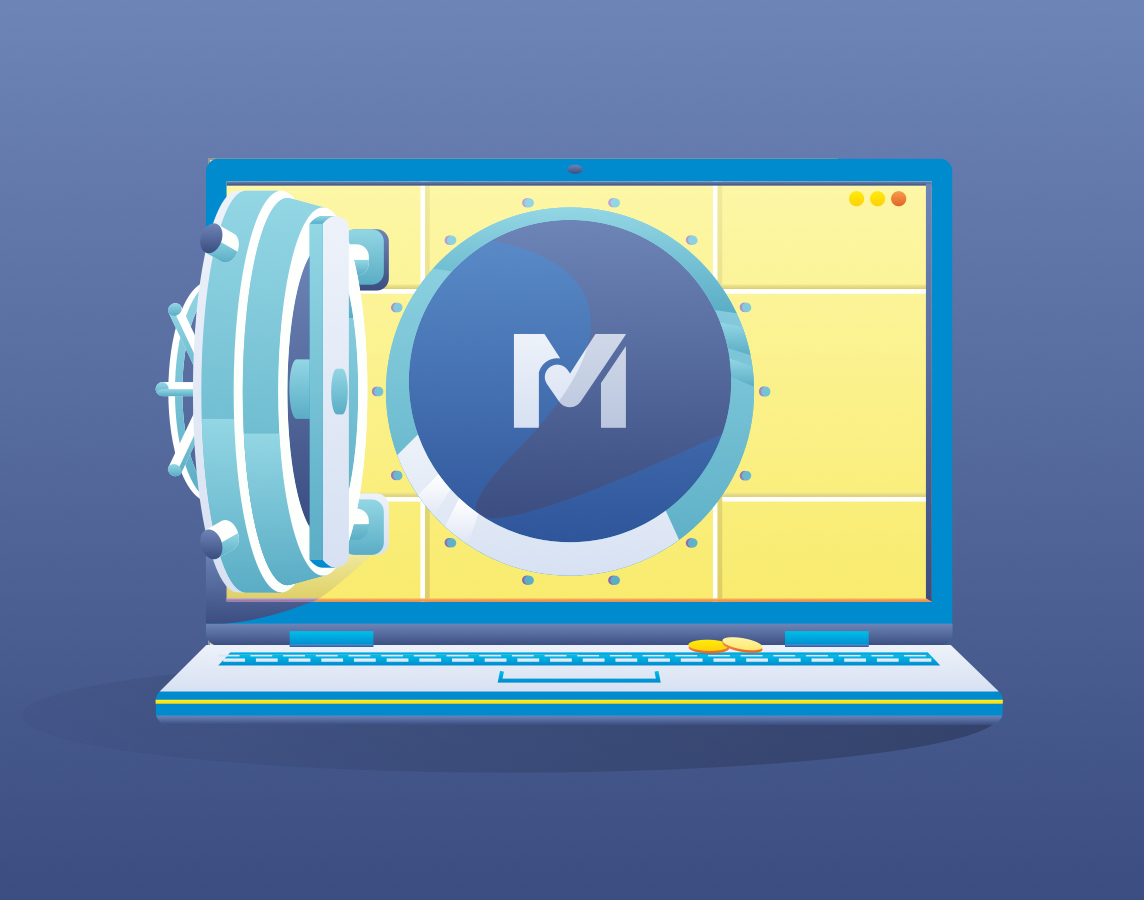Is software testing valuable? Of course. Is it free? There’s no free lunch in software development. If your organization aims to implement a proper testing strategy, “software testing cost” is a topic you can’t overlook.
We’ll walk you through a list of the leading software testing costs, explaining what they are, what the business case is for them, and how to mitigate them.
Typical costs involved in software testing and more importantly, what to do about them
Software testing involves specific costs, such as creating the tests, maintaining the tests, and running the tests. We will walk through the major cost areas to consider and how to mitigate them.
Staff training
If your organization is new to software testing or perhaps has different ideas of how to implement it, you will first need to agree on your approach. You will then need the training to ensure that everyone is on the same page, responsibilities, and priorities are clear, and the team has the skills to perform the testing tasks. Training has tangible and intangible costs. What do I mean by that?
What are the components?
As I mentioned above, you’ll first need to develop a testing strategy, determine the processes and tools you’ll use. It’s okay not to have it all figured out before training, but you need to get alignment on key principles. What kind of tests do you want to perform? Who will create each test? When will they be executed? For more information on these strategies, see our ebook:
Let’s talk about the costs of training itself. First, you have the costs of the training material and the instructor. It might be the salary of one of your employees or a consultant to create the content or the cost of purchasing a program. Then there is the time of your employees to deliver and attend the training. Finally, there’s the opportunity cost of receiving training—your staff is not doing other valuable things for the company.
What’s the business case?
Your team needs to be on the same page concerning quality and how testing plays a critical role. What kinds of tests do they need to create? Who creates them? What tools to use? When are the tests executed? If tests fail because of bugs, do they hold up the release?
Training on the processes and tools, helps your team operate more smoothly, collaborate effectively, and remove bottlenecks that slow releases.
Besides, training will make your team more efficient. Without it, you’ll likely need to hire additional people to fill the gap. We all know how hard hiring is, how long it can take, and the costs involved in onboarding new team members.
How to mitigate this software testing cost?
Training should be an ongoing activity, not a one-time task. When new people join the organization, you will want to get them up to speed without disrupting the entire team. So look for reusable material available as self-service without dedicated classroom time. Best practice guides or video lessons you can access on-demand might be preferable to one-time on-site training sessions.
Then supplement the training materials with shorter sessions using in-house practice leaders who have experience and process knowledge.
Time spent on manual tests
Even though the adoption of automated testing grows with each passing year, manual tests still have a role to play in a comprehensive testing strategy.
What are the components?
There are two primary types of manual tests, exploratory and scripted. Exploratory evaluations are mainly “improvised”—testers simply use and explore the app in unexpected and inventive ways, trying to see how it responds to their actions. The costs of these types of tests are mostly a function of the number of person-hours dedicated to them multiplied by the hourly salary of each professional involved.
Scripted tests, on the other hand, involve a manual tester following a step-by-step set of instructions to test the application. An experienced test analyst must first write the instructions. The cost is the sum of the labor cost required to create the tests and the labor of the testers to follow the scripts.
What’s the business case?
When talking to people and organizations about test automation, I like to say that everything that can be automated should be automated. There’s a caveat in that the costs of automation shouldn’t outweigh the benefits.
Today, most of the scripted manual tests can be automated relatively easily with automation tools like Testim. However, exploratory tests require manual effort. They catch usability issues, visual inconsistencies, and various user actions that automated tests might miss. These might not detect bugs that prevent a real user from accomplishing a task, but they often catch minor usability bugs that irk your customers and impact satisfaction.
How to mitigate this software testing cost?
Mitigating the cost of manual tests mainly consists of finding the right balance between manual and automated tests. You want to automate most of the tests in your testing strategy, leaving only those you can’t automate as manual tests.
Exploratory tests can’t be automated since they rely on the intuition and creativity of the people performing them. This includes UI tests that verify the subjective characteristics of an app’s look-and-feel.
What about scripted tests? These are indeed primary candidates for test automation. Codifying scripted tests enables repeatable execution without additional labor.
Time spent writing automated tests
When it comes to cost, automated tests have many benefits over manual ones. Automated tests require no labor to execute, run consistently every time, and generate detailed reports. Automated tests still require time and effort to create.
What are the components?
Automated tests can be coded or codeless. For the former, you’d need programming skills, so the most common solution is to have (high-paid) software developers writing the test cases. The highest cost is the labor associated with authoring the tests in code. There’s also the opportunity cost—if a developer is coding tests, they aren’t programming innovative new features.
Codeless tests are different, requiring fewer or no coding skills. The codeless test automation platforms convert recordings and configurations into tests. Though it is advisable to have at least some coding skills on the QA team to help with parameterization and customization to your AUT. In addition, a background in coding principles can help create better structured automated tests. Regardless, using a codeless test automation solution can help lower labor costs and free up developers to focus on innovation.
A small caveat before we continue: I don’t include unit tests here. They are coded by developers to validate small “units” of code function properly. They are a necessary part of the development process regardless of whether you are doing automated or manual QA.
What’s the business case?
The business case here is straightforward. Writing automated tests allows you to test and retest software functionality as often as you need. The functional tests of one release become the regression tests of the next. This reuse helps build test coverage across the portfolio in a scalable way. You aren’t relying on people to continually test and retest a growing codebase.
How to mitigate this software testing cost?
The key to mitigating time spent with creating automated test cases is to, within reason, have a more substantial proportion of codeless tests when compared to the coded ones. Codeless tests are faster to write, are often created by cheaper personnel, and don’t take developers away from innovation.
Automated testing tools and services
If you want to perform automated testing, you need automation testing tools. Many of them are licensed while others are open-source, but all of them have a cost.
What are the components?
You should consider the total cost of ownership of automated testing tools and not just one aspect, such as the initial license fee. Automated testing tools must be acquired, implemented, updated, and supported. Each of these aspects has a cost, as well as a risk. Do you have the skills to manage these tools properly?
The tools also are different in terms of their productivity. Some take more time to author tests or maintain them—requiring more resources to produce the same work.
Finally, the pricing model of vendor tools also varies by user, by test run, or even by underlying resource used. You’ll need to estimate the costs based on how you plan on using the tool.
What’s the business case?
Building a business case to replace a manual process is straightforward. Justifying one automation tool over another is a bit more complicated.
First, make the case that the tool you’re trying to acquire is capable of effectively replacing the prior approach. Try the software and pay particular attention to how long it takes to do various things, such as author tests, maintain, execute, and report on testing. Then, compare those numbers to how you are doing tests today. Check out our ROI tool to help determine the impact of one solution vs. another.
How to mitigate this software testing cost?
If you determine that open-source is your path, lean towards the projects that have large communities, excellent documentation, and a history of success. Mature projects that meet these criteria are more likely to have stable code, robust features, and experts willing to give their time to answer questions.
For fee-based solutions, start with a free trial to determine fit for purpose before committing to a purchase. Read case studies to understand use cases and check out comparison sites to learn their pros and cons. Finally, analyze the tools’ pricing models in the context of how your team will use the software or service.
Test maintenance
A suite of automated tests can become hard to maintain over time. As code changes, tests need to be updated to continue working. Maintenance can consume significant resources, lowering the benefit of using an automation tool.
What are the components?
The main reason for automating tests is so you can run them multiple times without requiring human intervention. If the test breaks frequently, then the cost of automation increases, lowering their value.
When you update the application code, some changes to the tests may be needed. But not all code changes are equal. Minor code changes, such as moving a button, don’t impact the function of the application and, therefore, shouldn’t break a functional test.
There’s also the cost of troubleshooting. When a test fails, a person needs to get involved. Does the automation tool simplify troubleshooting? Can a person who didn’t write the test easily understand and fix a broken test?
What’s the business case?
Your goal is to minimize test maintenance. Less time spent fixing tests is time for adding test coverage or developing new functions.
The difference in maintenance time is possibly the biggest reason to choose an AI-based automated codeless tool over open-source tools. AI-based automation can better locate web elements when code changes, dramatically reducing labor. Also, troubleshooting tools like screenshot comparisons, console logs, and failed test steps go a long way toward reducing maintenance costs.
How to mitigate this software testing cost?
To mitigate test maintenance, you should employ strategies such as the test pyramid, which allocates test cases according to their types and how reliable they are.
When it comes to coded tests, such as integration and unit tests, it’s possible to use techniques that make them more reliable, such as not making your unit tests rely too much on the AUT’s internal implementation.
You can invest in next-generation tools that make use of AI to create self-healing test cases that improve with each execution, lessening the burden of test maintenance.
Finally, you can look for tools that have strong troubleshooting capabilities. Tests will fail, and you need the information at your fingertips to quickly determine why they failed.
Software testing cost: general advice
As a bonus, here are some general guidelines you can use to reduce software testing cost:
- Test early and often in the Software Development Lifecycle (SDLC). Frequent testing allows you to get the most benefit—catching bugs early when they are cheaper and less disruptive to fix.
- Prioritize testing based on risk (risk-based testing). All code is not equal. Functions or modules that are bespoke or change often are more likely to have bugs. Then consider the impact that a bug will have on users’ experiences.
- Develop a bias for automation. While automation requires more of an initial investment, it generally reduces overall cost and improves release velocity.
- Run tests in parallel to gain feedback faster. Developers and QA professionals shouldn’t waste time waiting for test runs to complete.
Final thoughts
In this post, we’ve offered a guide on how to justify and mitigate the main risks involved in automated software testing. You should now be equipped with arguments to defend your choices when implementing a testing strategy in your organization.
Of course, there’s no one-size-fits-all strategy—organizations and applications are different. But with the tips above, you should have a solid understanding of the main costs involved. Just as in agile approaches to development, get started, take one step forward, assess results, and determine your next move. Thanks for reading and happy testing!
What to read next
Test Automation ROI: How to Quantify and Measure It
Webinar Recap-Justifying (and realizing) Solid ROI on Test Automation




